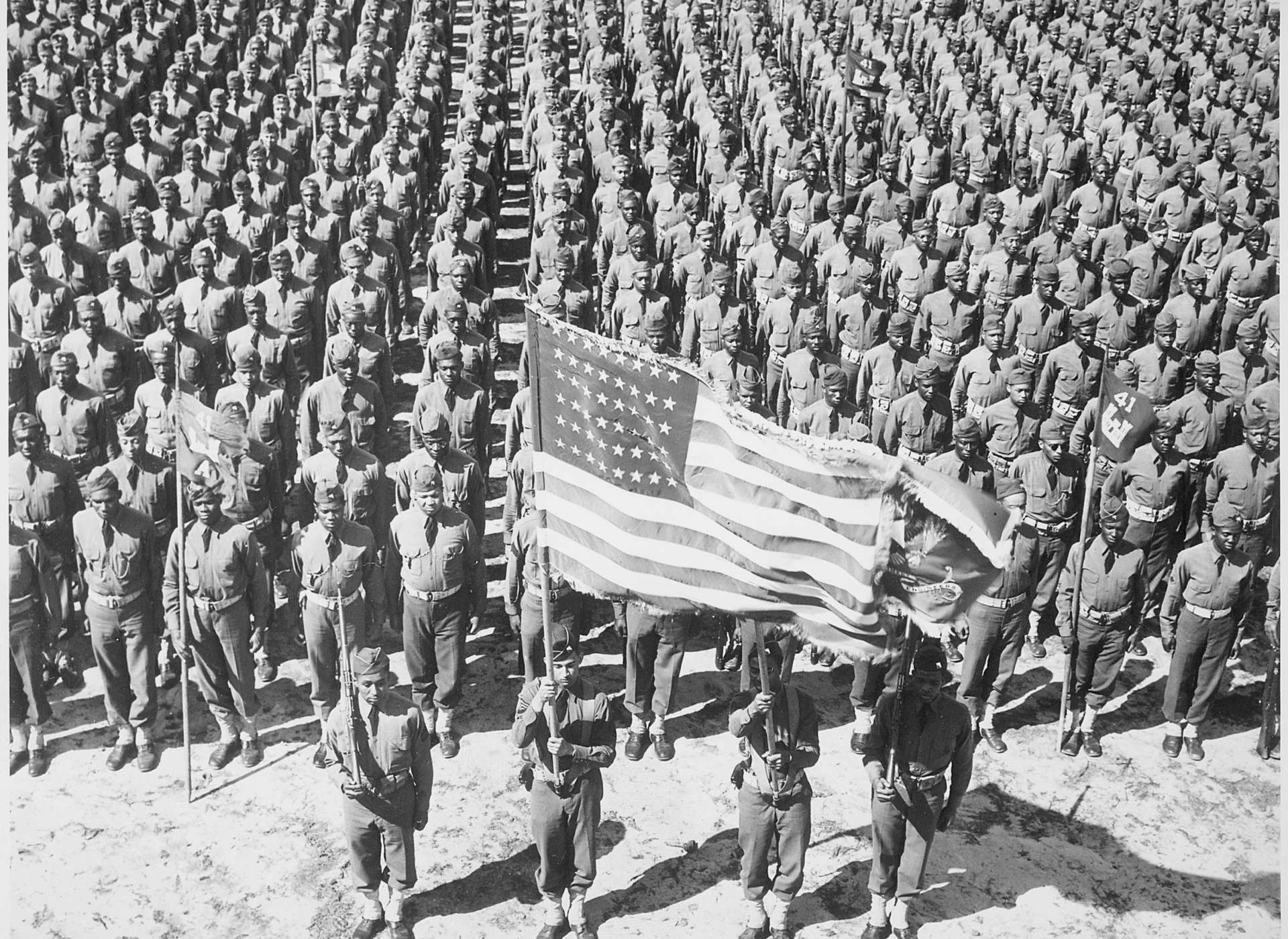There were several turning points in the struggle thereafter. The earliest as a series of naval actions in which Japanese expansion was stopped. In these actions, carrier-based American airplanes played a decisive role.
On May 7, 1942, in the battle of the Coral Sea in the southwest Pacific, Allied sea and air power halted a possible Japanese invasion of Australia and its protecting islands. In June American sea and air power dispersed a Japanese fleet that was seeking to conquer Midway Island. Although the Japanese landed on American territory at Attu and Kiska in the Aleutian Islands of Alaska, they never seriously threatened Hawaii or the mainland.
In Europe the Americans and the British were not vet able to respond to Soviet pressure for a second front on the Continent. But in November 1942 they did land in French North Africa and were rapidly established in force in Morocco and Algeria. The Libyan segment of the long North African coast had been held by the Germans and their Italian allies since the beginning of the war in the Mediterranean.
At the time of the North African landings, the British, under General Sir Bernard Montgomerv (1887-1976), were holding a defensive line inside the Egyptian frontier near El Alamein. But on October 23, 1942, the British started on a westward offensive, which was planned to coordinate with an eastward offensive by the American General Dwight D. Eisenhower (1890-1969), commander of the Allied forces in French North Africa. The vise closed slowly, but in May 1943 Free French, British, and American troops took the last Axis strongholds of Tunis and Bizerte and accepted the surrender of some 300,000 Axis troops.
The North African campaign had clearly been a turning point. The Allies had successfully made large-scale amphibious landings, and they had annihilated one of the most renowned of Axis forces, commanded by Erwin Rommel (1891-1944), “the Desert Fox.” North Africa was by no means the main battleground, but it was nevertheless a major campaign in which the Allies gained confidence and prestige.
The great turning point on land was the successful Soviet defense of Stalingrad (now known as Volgograd). After their stalemate in the Soviet Union in the winter of 1941-1942, the Germans turned their summer offensive of 1942 away from Leningrad and Moscow and toward the oil-rich regions to the southeast.
This push toward the Soviet oil fields carried the Germans deep inside the Soviet Union, but it fell just short of the rich oil fields of Grozny and Baku. Russian distance, weather, manpower, and ability to take punishment were too much for the overextended Germans. Their armies were thrown back at Stalingrad, and early in 1943 the Soviets started the long march westward that was to take them to Berlin two years later.
A much less spectacular turning point was the Allied victory in the battle of supply, yet this victory was of the greatest importance. Even for the Soviets, an important source of supplies was the United States. But the United States was separated from its allies by vast distances of water, and the precious supplies had to move across the seas. If the Germans could stop this movement or reduce it greatly, they might still win.
They made important improvements in their submarines, but there were simply not enough of them, and the countermeasures of the Allies—radar, coordination of naval vessels and aircraft, the convoy system—slowly reduced the number of sinkings.

